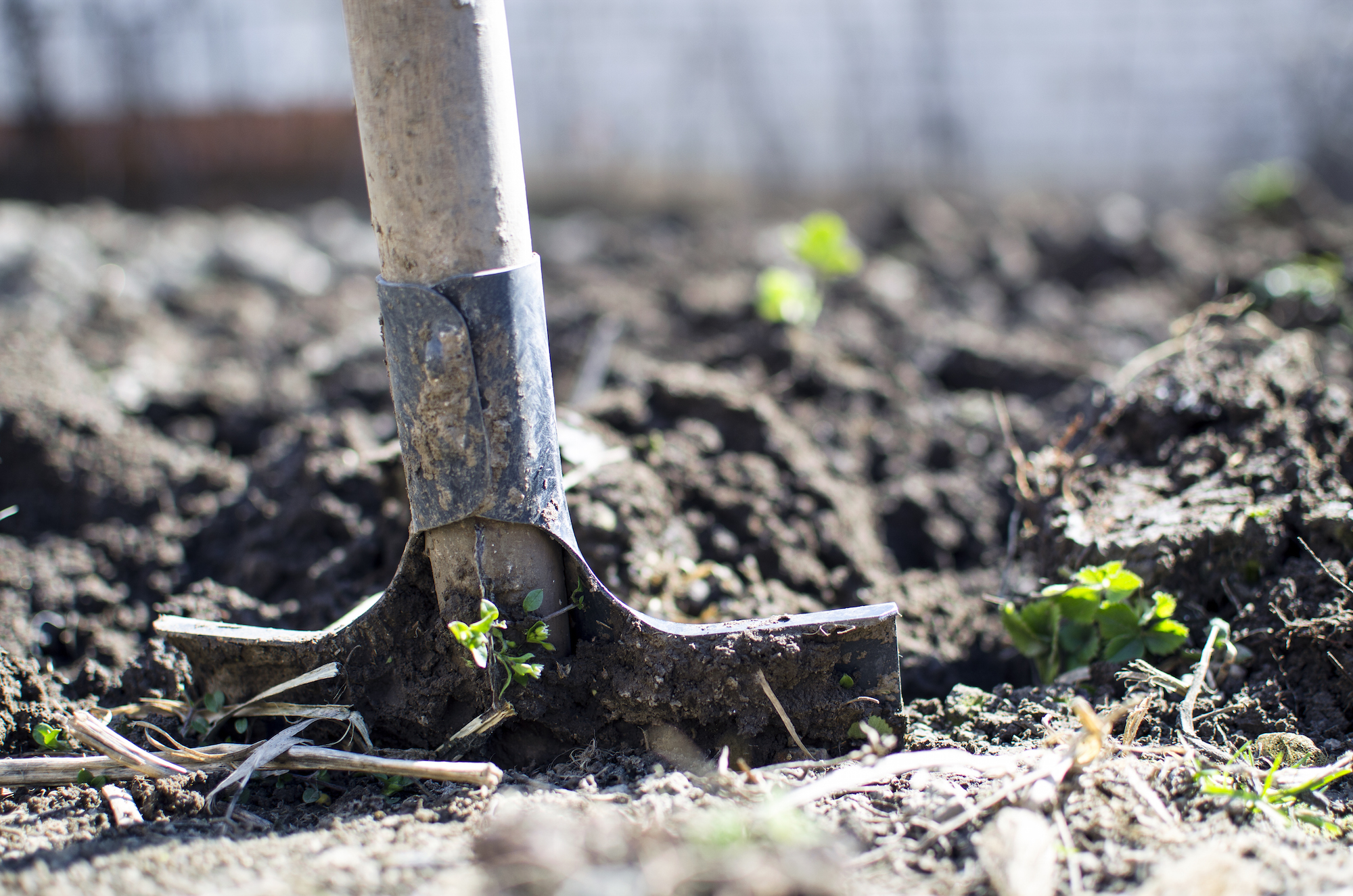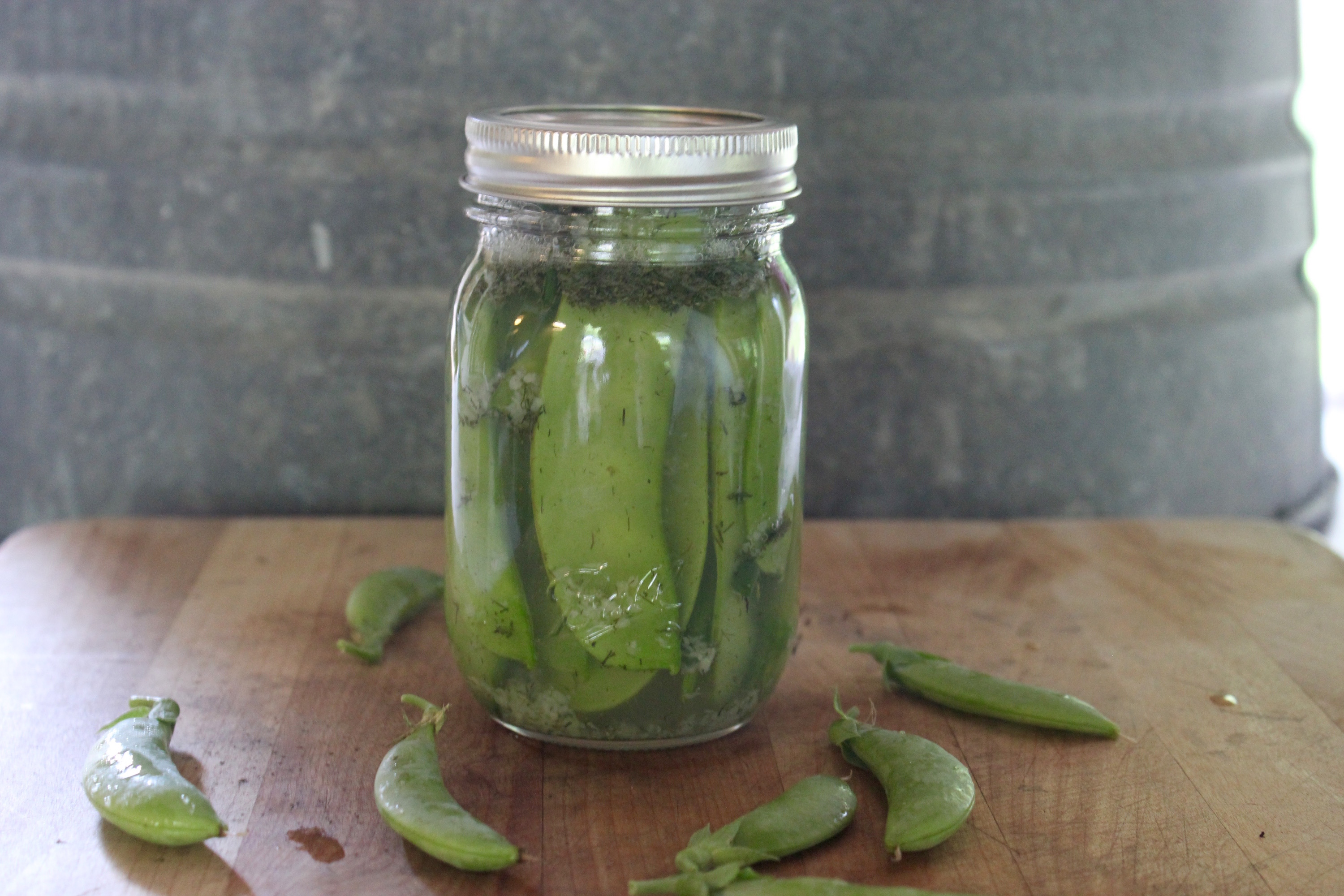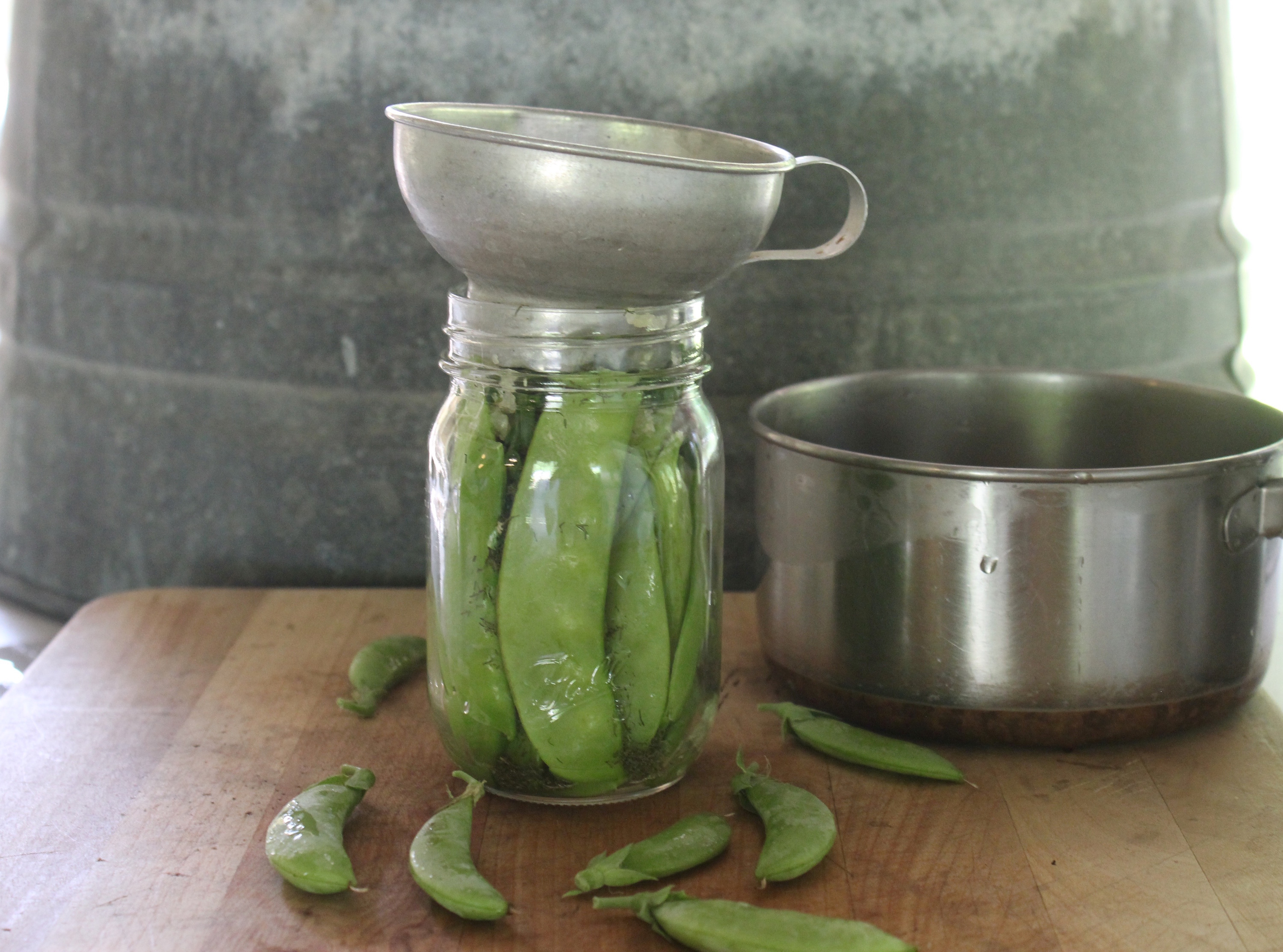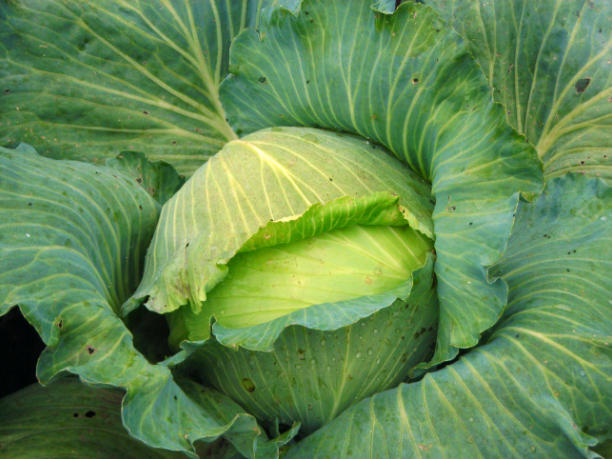For those of you who aren’t familiar, a hugelkutltur bed is a permaculture garden bed that’s designed to provide your garden with a long term source of nutrients, require little watering yet not be subject to water logging, and encourage beneficial insects, fungi, and soil microbes. Hugelkutltur beds feature many layers including a bottom layer of logs or other woody material.
There are several advantages of hugelkultur. First the logs or branches slowly rot allowing for the slow release of nutrients back into the garden bed. For this reason it’s great for gardening in areas with poor soil.
Second it’s a no-till method. Any no-till practices are favored by many permaculturalists and gardeners for a number of reasons. First tilling is time consuming and difficult especially without equipment. Second tilling actually harms and/or kills beneficial insects and soil microbes that normally help plants grow. Tilling essentially flips over layers of soil which is not something that happens in a natural ecosystem. In nature soil is built from the top by simply adding more layers of organic material that slowly break down, exactly like hugelkultur beds.
Third hugelkutltur beds often require less watering than typical garden beds but as they are raised are also less prone to becoming water logged. Hugelkutlur beds are able to hold water well because of the decomposing woody materials that act as a sponge beneath the soil and the presence of mulch on the surface layer. Mulch is key in any garden as it keeps water from evaporating, reduces erosion, and provides habitat for beneficial insects, fungi, and microbes.
Woody Material
The first step to building a hugelkultur bed is to lay down woody materials in the area you want the bed to be. Branches, twigs, and even whole logs can be used.
It is important to note that certain species of wood are not ideal for this project. These include woods that are typically favored as fence posts like black locust and cedar. These woods are slow to rot and won’t provide nutrients as readily. Other species like black walnut use allelopathy, meaning they give off a chemical intended to keep other plants from competing with them for space. Obviously it’s also best to avoid any would that has been painted or chemically treated.
You’ll want to pack the wood as tightly as possible. For this reason it’s typically easiest to work with a variety of sizes and start with the largest pieces on the bottom. There is no limit on how tall your pile is though many people choose to use at least three feet. Once you’re happy with your pile give this layer a good watering.
Nitrogen Rich Material
The next step is to add a thick layer of nitrogen rich material. This is necessary to help the wood decay and provide your plants with nitrogen. Good materials for this layer include manure, compost, and grass clippings. Once again you’ll want to thoroughly water this layer after adding it.
Soil
Now you can add soil. It doesn’t have to be anything special as the bed will soon be adding plenty of nutrients to it. You can use what you have on hand or purchase garden soil. Another option if you don’t mind the extra work is to dig a couple of inches of soil/sod out before laying your bed and then placing it back on, upside down as the top layer. This layer should also be watered well.
Mulch
The final layer is simply a layer of mulch. Hay, straw, or old leaves are often used. As previously discussed mulch has a variety of important functions including preventing soil erosion, retaining moisture, blocking weeds, and creating beneficial insect, fungi, and microbe habitat.
Planting
Now your bed is finally ready for planting. Simply move a bit of the mulch aside to sow your seeds or transplants. Nearly anything can be planted in a hugelkutltur bed including perennials like strawberries, rhubarb, and asparagus or annuals like potatoes, peppers, and lettuce. Some people even make large ones to plant trees in!
They can be a lot of work up front but hugelkultur beds will provide awesome harvests with relatively little maintenance. There’s so many benefits and they’re relatively simple and cheap (if not free) to construct.
Have you made a hugelkutltur bed? What did you grow in it? Let us know how it went!







